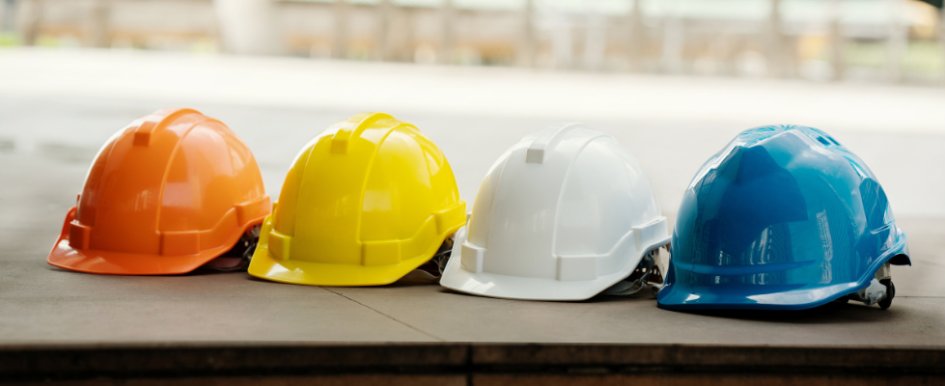
Safety can’t be an afterthought. It must be built into the project from the very beginning.
Construction is one of the most dangerous industries in the world. Crews work at high heights, operate heavy machinery and are exposed to harmful chemicals. That's why it's important to stay alert and take safety seriously from the start of a project.
Many of the hazards that were once identified in the field can now be addressed well in advance through technology and integrated delivery methods like design-build. New technology simulates real-world conditions and visualizes potential conflicts, allowing project teams to plan access points, coordinate trades, simulate movement on-site and identify risk. This simply makes projects safer and more efficient.
Still, despite all the tools at the industry’s disposal, it remains dangerous. In 2023, construction fatalities reached their highest level in more than a decade, according to the U.S. Bureau of Labor Statistics. Nearly 40% resulted from falls, slips or trips, often from stairs and ladders. At the same time, the nonfatal injury and illness rate held steady at 2.3 incidents per 100 full-time workers — slightly below the national average and unchanged for the seventh consecutive year.
Avoiding those outcomes depends largely on how technology is implemented and how a project is structured from the start. That foresight only becomes useful when it begins to shape the actual work.
Seeing Problems Before They Happen
Many of the preventable incidents on a construction site — falls from access points and congestion between trades — stem from conditions that could have been prevented if they were recognized ahead of time.
Digital tools are pivotal for that process. When used in the planning phase, building information modeling (BIM), digital twins and site-scanning systems provide a clear picture of how a space will function before it's built. Hazards can be identified, design flaws can be corrected, and access issues can be resolved before crews arrive on-site.
These tools are especially useful when coordination happens in real time. A digital model can be as complex as highlighting layout conflicts between mechanical and electrical systems that would otherwise go unnoticed until crews are in each other's way. It can also be as simple as verifying whether there's a safe way to reach a filter during routine maintenance, rather than waiting for a technician to discover a potential problem after installation.
Drones contribute to project visibility as well. They allow teams to track progress, flag incomplete work zones and conduct inspections without putting people at risk. They also support on-the-ground site assessments with 3D mapping and pre-task planning.
Still, technology only delivers value when teams are positioned to act on what they uncover. When project partners are aligned early in the process — as they are in design-build — safety insight moves faster because decisions aren't delayed by handoffs. That kind of coordination allows hazards to be resolved while they're still on a screen, not after they're discovered in the field.
Planning visibility is important. But preventing harm and improving safety mean going a step further and removing risk wherever possible before the job starts.
Eliminating Risk, Not Just Managing It
Robotics and automation are a perfect way to help remove workers from danger zones. Automated solutions give crews the ability to make adjustments from a control room rather than be near machinery. Robots like Boston Dynamics' Spot even have the capabilities to walk jobsites and identify areas to address and assess conditions, freeing people up to do other tasks.
Risk can also be reduced through better sequencing decisions, which design-build structures are set up to support. Crowded work zones often result from trade stacking, which occurs when multiple people must work in the same space at the same time. Design-build increases collaboration between the teams and allows for real-time communication and adjustments to deal with potentially dangerous overlaps in trades.
Human Instinct Still Matters Most
Technology is a great supplement, but a poor replacement when it comes to safety. Safety still depends on how people think, how they're trained and whether they feel responsible for the outcome.
Modern technology works best when it's paired with construction models that give teams opportunities to revisit safety decisions as new information develops. When design and construction are more closely aligned, the barriers between insight and execution shrink and mistaken assumptions or missed details won't turn into an unsafe environment.
The tools available today are only a starting point. New systems will emerge, and they'll offer more ways to plan ahead and reduce risk. But when project teams have tools that help them identify hazards ahead of time — and the structure to act on what they see — safety happens by design.
